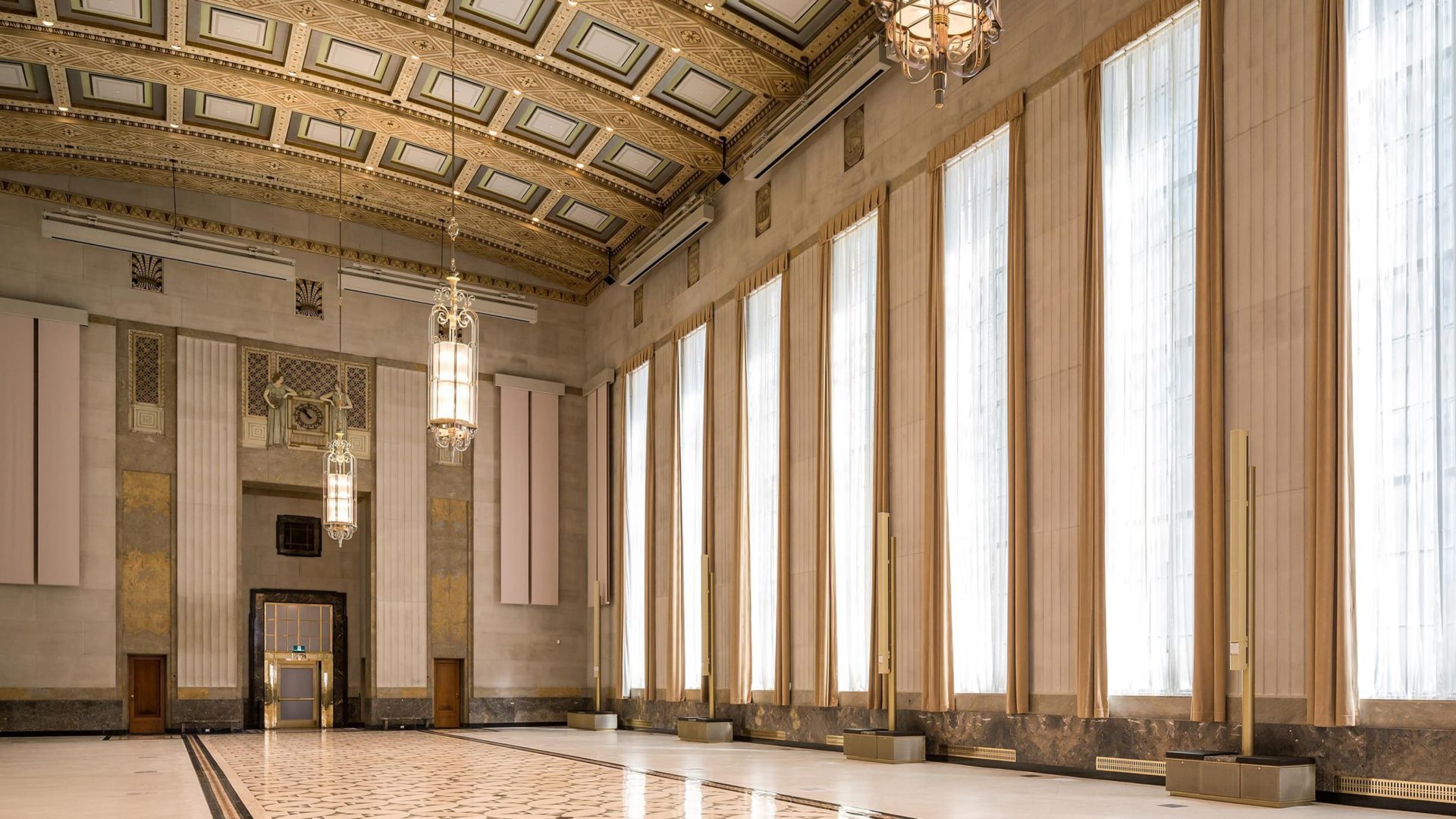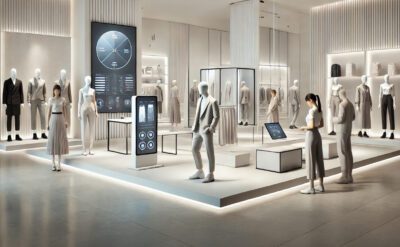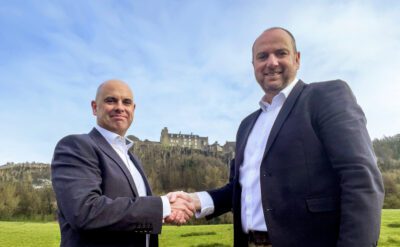Integrated and streamlined design conceptualization process is important in any project but becomes even more critical when working with the defining characteristics of a heritage building. How do engineers and architects work together on the first big move? What testing needs to be done to ensure design solutions work? How does integration help optimize decision making?
In the latest post of our Blog Series titled Future Proofing Heritage Buildings, our multi-disciplinary team discusses how collaboration and technology can help identify solutions early in the design process.
What is the first step in design conceptualization for a heritage project?
Tobias Fellows, Principal
As an Architect it is an honor to work on a building that has been recognized for its historic significance. Approaching this work with a degree of respect is important and therefore it is critical that our team works to gain a deep understanding of the unique aspects and nature of any historic building we work on. Equally, it is crucial that we provide our clients with functional solutions that do not compromise how they operate. These are two important project drivers that can at time be at odds requiring careful planning to overcome. When we work on a heritage building, it is important that we make them universally accessible. On a project in Ottawa’s Parliamentary Precinct we were able to locate a new elevator core on a non-heritage rear elevation which did not interfere with the exterior or interior heritage fabric. Solutions like this can be a big win for both the client and the Heritage Building itself because we meet the needs of creating an inclusive design solution without impacting the Building’s Heritage Character, ensuring the building will be viable into the future.
Chris Pal, Vice President
There is a macro to micro process that is sharply defined in a building that has heritage requirements and features that must be maintained. The design process in a building is a series of collaborative interactions where the team makes the big moves first. As these big moves are fixed, the team focuses on the resolution of more refined and detailed building elements. Effective cross-disciplinary coordination and collaboration sorts out issues related to ceiling spaces, shafts, and interactions with structural elements such as sheer walls. End state conditions must consider the ongoing requirements for access to operate and maintain building systems. In a heritage building, the means and methods to achieve the desired end state must also be considered. For example, installing the piping for a sprinkler fire protection system above a heritage ceiling that cannot be disturbed is a challenging problem that needs cleverness during design and close collaboration during construction.
How does technology play a role in identifying those big moves and increasing collaboration?
Tobias Fellows, Principal
We do a very careful reading of the existing structure to discover where we have the flexibility to make the big moves. Point-Cloud and digital capture technology have enabled our team to develop very accurate models of heritage structures and existing conditions. These models can help us reduce design changes during the construction process. Cost increase due to unknown conditions is a large risk when working on heritage buildings and this technology along with an experienced team can help to reduce that risk to the client. It also enables our team to develop solution that reduce the negative impact of integrating new building infrastructure such as ducting and wiring. The point cloud model can help our team understand the existing structure and heritage elements so they can stitch together solutions that minimize or eliminate any of these types of negative impacts.
Chris Pal, Vice President
Conventional buildings generally have proven methodologies and empirical data that can reliably inform mechanical building system design. In heritage buildings, we are often challenged with more unique situations for which proof of concept requires a more sophisticated approach. On one project where we were tasked with repurposing an old bank building, the main banking hall was to become a formal reception space. The walls, floors and ceilings all had heritage value and could not be disturbed. Our concepts to provide occupant comfort under the various functional extremes that the room may need to accommodate were tested using advanced computational fluid dynamic analysis. This enabled our team and the Client to move forward with a rather exotic solution that satisfied occupant comfort requirements and minimized impact on the heritage elements of the space. These minor interventions on the space integrated event power, audio visual systems and ventilation which were only made possible with solid proof of concept and our cross-disciplinary team working closely together.
How does an integrated team help streamline the design process and get more done early on?
Hassan Saffarini, CAHP, Principal
The fit-up or rehabilitation of a historic site is distinctly different from the renovation of a non-classified old building. While the two exercises have several commonalities, with a heritage building there are rigorous constraints that need to be understood and respected. An integrated design approach ensures that expectations are set early and that engineering and building science options are shared with the project team. There are often compromises. Energy efficiency is important but minimal intervention is paramount. Creativity is synonymous with architecture but in a heritage building it is more about the elegance of the restoration solution that falls within the framework of the original “character-defining” design of the building.
Chris Pal, Vice President
The advantage of NORR as integrated firm is that we can start to look at the realities of the build environment at the earliest conceptual stage because of all the people in the room. Architecturally we imagine the possibilities and shape the vision for the project. Then our engineers, whether they are mechanical, electrical, or structural help ground these visions in reality. What is possible becomes a hybrid of the original thought and helps with a seamless delivery of the client’s goals.



